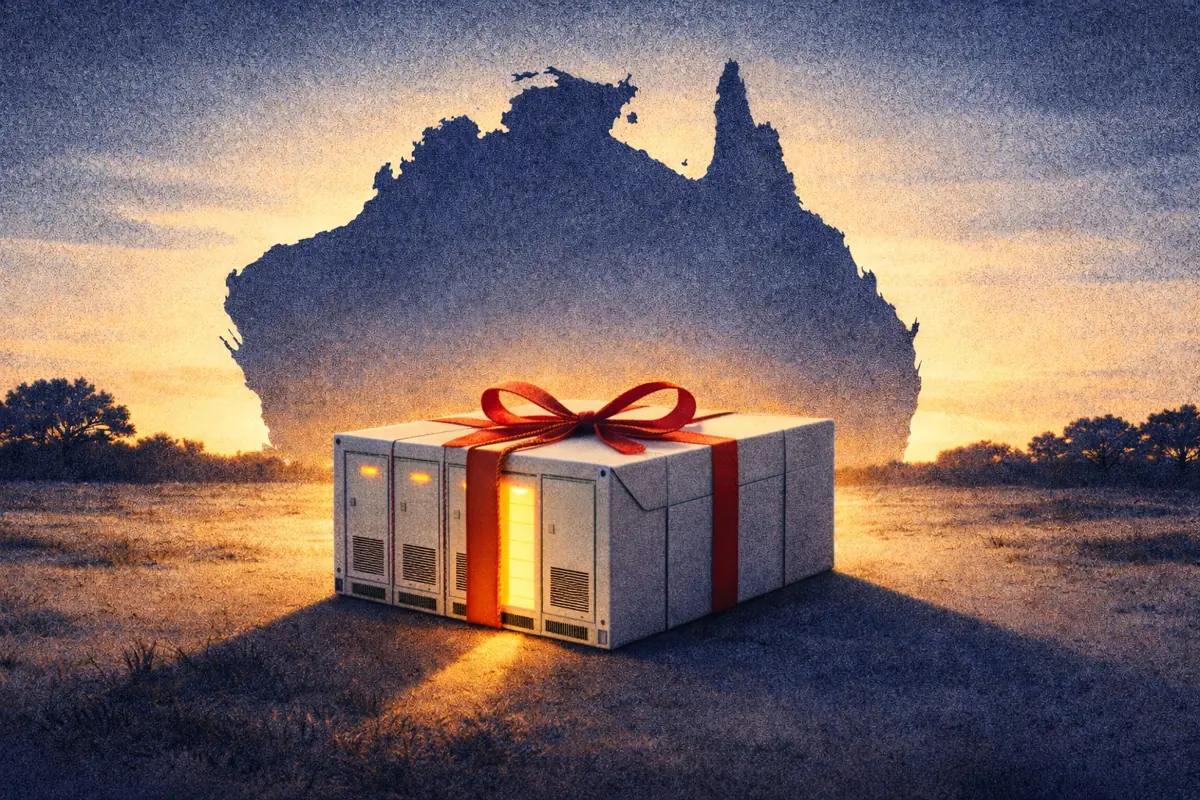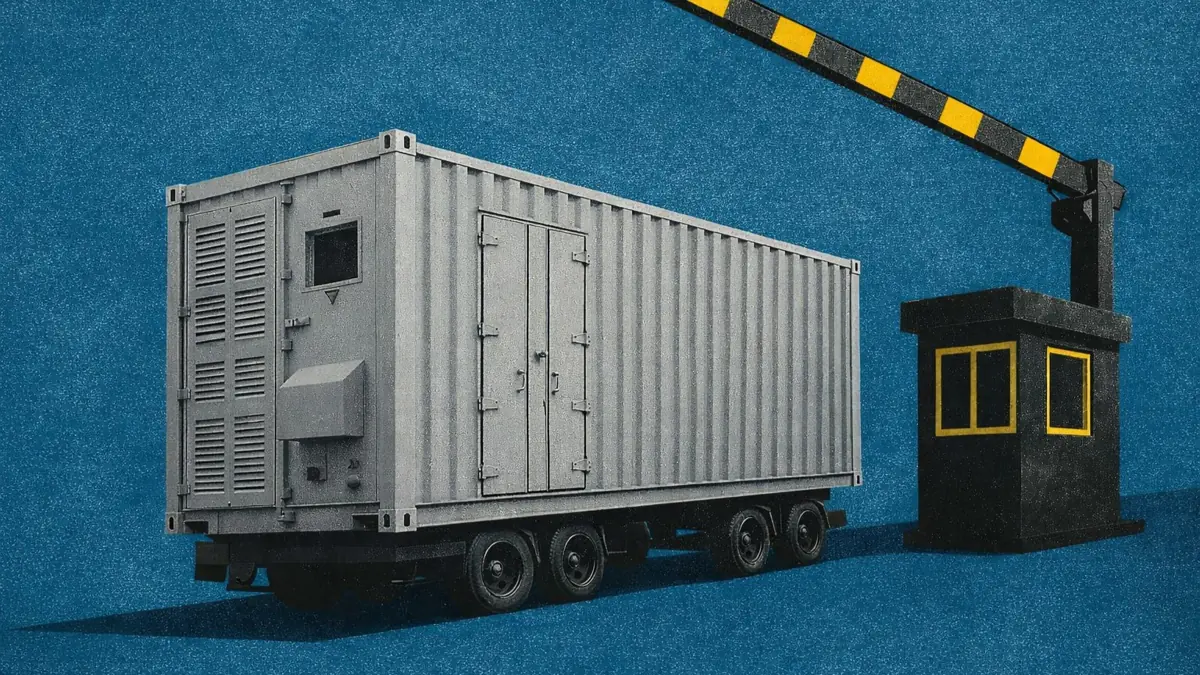Australia: BESS operations during 22 January 2025 price spike in Queensland
Australia: BESS operations during 22 January 2025 price spike in Queensland
In January 2025, Queensland battery energy storage revenues were three times the NEM average. This was primarily due to an extreme price event on 22 January that resulted in Queensland batteries earning 57% of their revenue for the month on that day alone.
However, revenues between individual systems varied significantly because of different bidding strategies. This article takes a closer look at how those strategies affect dispatch targets and, ultimately, battery earnings.
Executive Summary
- Record-breaking demand in Queensland on 22 January 2025 pushed prices above $10,000/MWh for over 90 minutes.
- Revenues between similar systems differed by over 50% as batteries discharged differently into the high prices.
- Operator strategies and optimisation differences — including portfolio considerations — played a key role in revenue outcomes.
In this article, we refer to the Modo Energy NEM battery index, which represents the average revenues (inclusive of marginal loss factors) earned by batteries within the NEM across a period of time. The average is weighted and normalised by a battery’s rated power. All currency figures quoted are in Australian dollars (AUD).
The index and this article cover merchant revenues, defined as revenues from the NEM’s publicly traded wholesale energy and FCAS markets. Batteries may have other revenue sources, such as government contracts and power purchasing agreements.
Extremely high prices on 22 January 2025 drove battery energy storage revenues for the month
On 22nd January 2025, Queensland electricity demand was at all-time highs due to very high temperatures, especially in Brisbane. Energy prices in the state went over $10k/MWh from 18:00 to 19:35. This was an excellent opportunity for batteries to earn revenues from energy arbitrage.
Already a subscriber?
Log in







